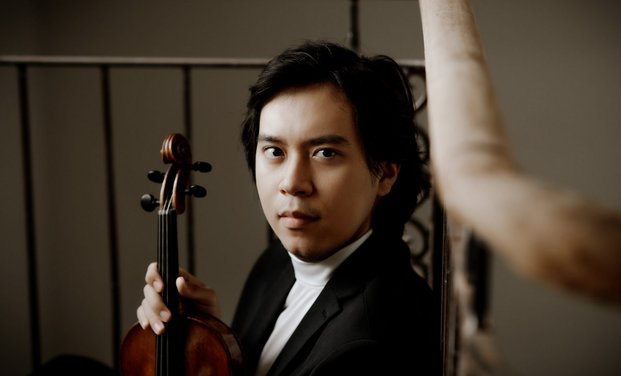
Performers
Programme
Accompanying programme
Concert introduction ‘before the museum’ with Andreas Bomba
1938 was a year of upheaval, both politically and musically. The French composer Elsa Barraine used the Russian word for 'war' to title her Second Symphony, a work commissioned by the French Ministry of Culture and written in 1938. War was in the air in Europe after the annexation of Austria and the Munich Agreement, and events were to prove her right. But the work already points to the distant future. The war of the first movement is followed by the funeral march of the second, before the music returns to life in the final movement.
When Dmitri Shostakovich wrote his Symphony No. 5, the Great Stalinist Terror was raging in the Soviet Union. After the Communists' scathing criticism of his operatic music, Shostakovich feared for his life and sought a way to rehabilitate himself. He succeeded with his 5th Symphony, which was accepted by the leaders as 'an answer to justified criticism'. However, Shostakovich later said that the work had been completely misunderstood. You would have to be a complete fool not to hear that the applause was forced.
Erich Wolfgang Korngold observed the events in Europe from Hollywood in 1938 and decided not to return to Europe but to continue composing Oscar-winning film scores. Motifs from his film scores later became the starting point for his now famous Violin Concerto, which combines both Hollywood and German-Austrian Romanticism.
(Frankfurter Museums-Gesellschaft e.V.)